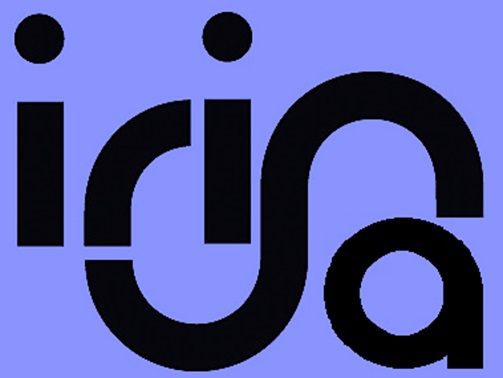Application Rationalization and BCM
Tactical application rationalization In our experience, even without a fully embedded BCM, application rationalization can still yield measurable benefits, for example: 🔹 Cost Reduction Identify and eliminate redundant applications, cutting licensing, infrastructure, and maintenance costs. Re-platform suitable platforms from on-premises to cloud-based SaaS solutions. Consolidate vendors and negotiate better contracts for widely used off-the-shelf applications. 🔹 Productivity & User Experience improvements Reduce obvious tool sprawl (i.e., employees using multiple overlapping applications). Standardize office software and tools to improve collaboration and training efficiency. Improve system integrations to reduce manual effort. 🔹 Accelerated Modernization Prioritization of migration of legacy and unsupported applications to modern platforms. Optimize custom-built applications by standardizing…
Application Rationalization
What were the challenges? And the desirable outcomes? This UK government organization had outsourced application management, which had successfully enabled a reduction of overall run costs. However, as new applications were introduced, overlaps of application capabilities were clearly emerging.The service management had been approached to drive simplification decisions but was not recognised to have sufficient experience and capacity. So the business approached us for independent advice to deliver a strategy and options for rationalization.Key goals included: cost reduction productivity gains application modernization Continuous Rationalization Solutions proposed Describe all the solutions that were considered and which one was selected Two main options were considered: Use best practice based on…
Architecture tools
What were the challenges? And the desirable outcomes? This organization, leader in its field, had started a strategic program to share research data from various labs across Europe and the US and real world from various client engagement initiatives. The main goal was to enable translational research and introduce advanced analytics. Another was to better understand information flows and their supporting systems in order to improve information governance (including personally identifiable data). A third was to enable identification of application simplification simplification and rationalization opportunities. Initiatives were ongoing to support the first and to some extent the second aspect. We were approached to propose options to integrate governance…
Reference architecture development
What were the challenges? And the desirable outcomes? This UK-wide infrastructure management client (managing over 8000 commercial properties and a wide range of critical national infrastructure assets), realized that limitations on the information they had about the state of their physical assets was having major implications on the safety of their operations. They had to assume worst case scenarios and so instigate costly renewal and maintenance of assets, even when they suspected it was still not necessary. A strategic initiative was started comprising several programs. This was aimed at establishing solid information services offerings for the lines of business, with an anticipated investment over £200M. These multiyear programs…






